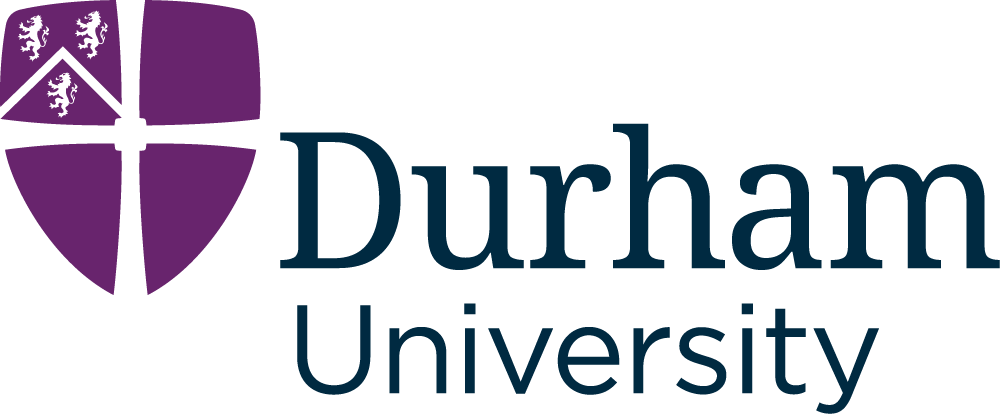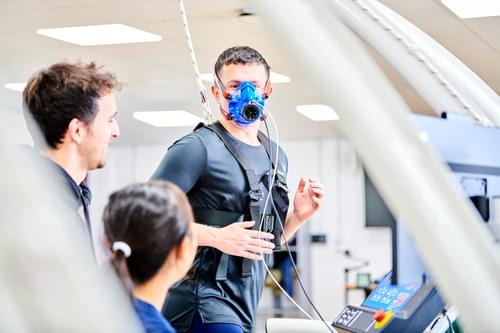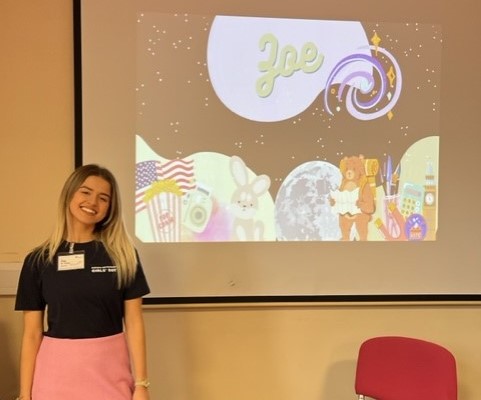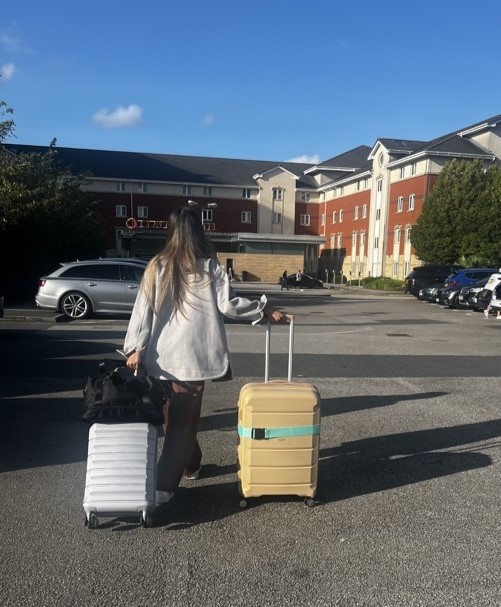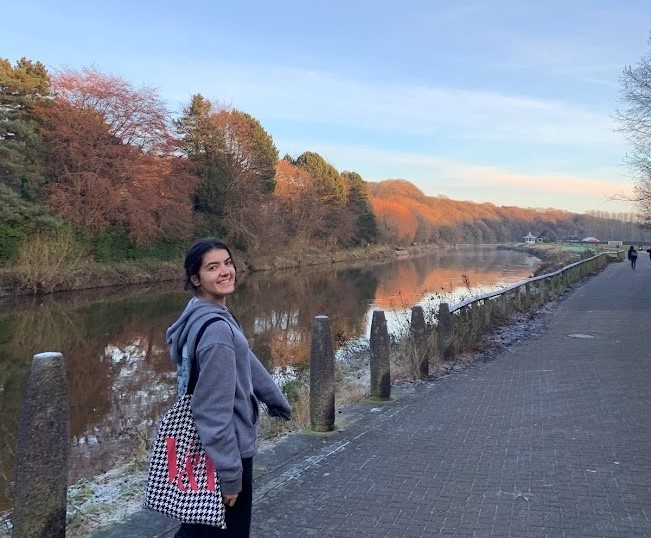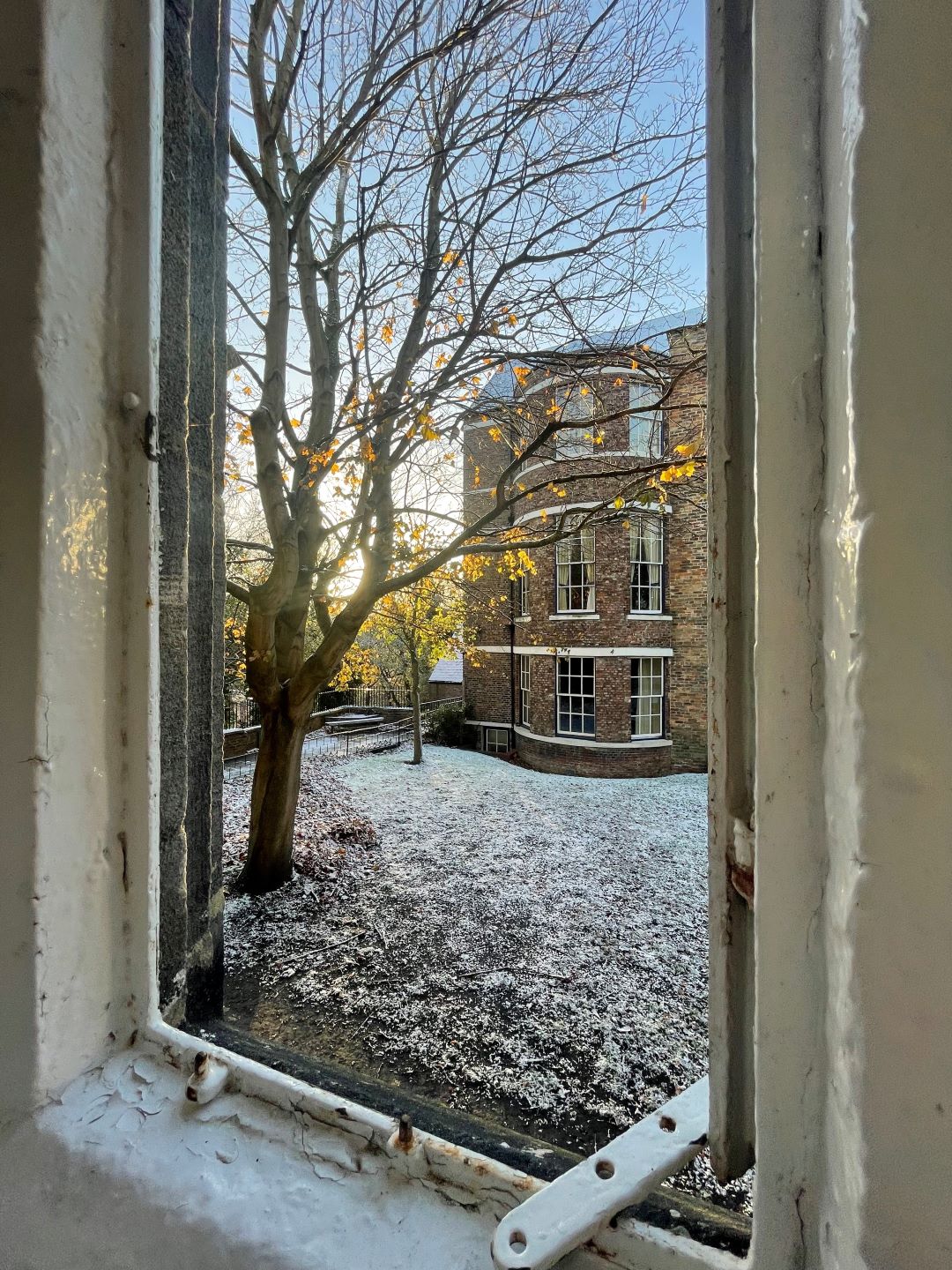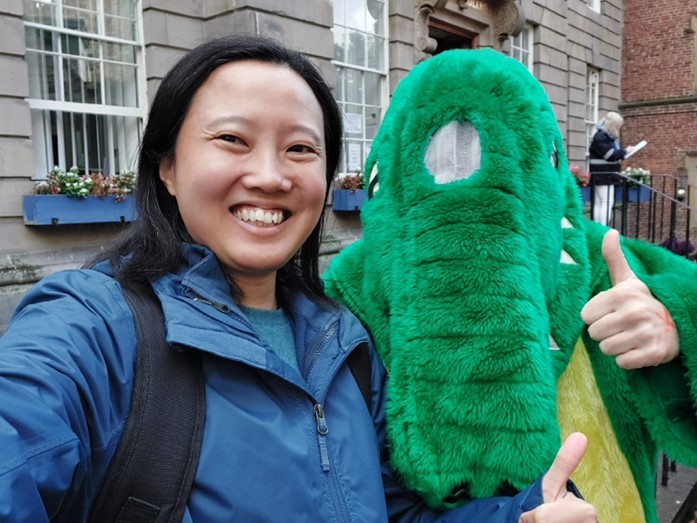After completing a placement year with Archaeological Services (ASDU) and having spent days in the clayey ditches of the British Iron Age, I welcomed the opportunity to excavate a Romano-Gallic temple in Burgandy, France (for the dig, not the weather, of course).
For three weeks, our base was The European Archaeological Centre which nestles in the forested mountains of the Morvan. Only a few kilometres away lies Bibracte, a Gallic capital on the slopes of Mount Beuvray, and home to the Aeduan people more than 2000 years ago. Unlike most of the excavations in the past 150 years, our fieldwork focussed not on Bibracte itself, but on a Gallo-Roman temple complex at the Sources de l’Yonne, a tributary of the Seine.

We aimed to situate Bibracte within the wider landscape and to understand the sequence of temple structures, continuing the work of previous seasons. The site was the most complicated I have yet worked on; its many layers of activity difficult to untangle. What we thought to be Gallic periods of use, we found to be periods of Gallo-Roman destruction and rebuilding, with the earlier timber structures lying much deeper than anticipated.

The finds were amazing: from coins to roof tiles, they spoke of a period of power, alliance, and connectivity, but they also brought us closer to the people we were researching. Some of us closer than others…

Partnered with Leipzig University, we also met and worked with teams from the Czech Republic, Hungary, and France, brought together through our love of digging, barbeques and bonfires. It was interesting to see how archaeological methods and approaches differed across countries, and exciting to feel that our team of nine was part of a wider project shared by universities across Europe.


The opportunity to gain fieldwork experience alongside leading researchers and to contribute towards current research at renowned sites like Bibracte was one of the reasons I chose the Department of Archaeology at Durham University. I have been able to excavate Iron Age sites from as far as Northumberland to Burgundy, make my own comparisons and conclusions, and share my ideas with those whose research my studies have been based on. I find this environment of teamwork, collaboration and care for people, both in the past and present, unique to archaeology, and especially strong in the department at Durham.
We came to Bibracte already aware that we had an interest in common, but the experience highlighted so much more shared enthusiasm for archaeology than I could have expected. Our work, and that of all the teams at Bibracte, confirmed why I love archaeology: the opportunity to be part of something greater.
Discover more
Our Department of Archaeology is a leading centre for the study of archaegeography
and is ranked 10th in the QS World University Rankings by Subject 2023.
We are an inclusive, vibrant and international community. Our students develop knowledge and gain essential and transferable skills through research-led teaching and lab-based training.
Feeling inspired? Visit our Archaeology webpages to learn more about our postgraduate and undergraduate programmes.
Durham University is a top 100 world university. In the QS World University Rankings 2024, we were ranked 78th globally.

